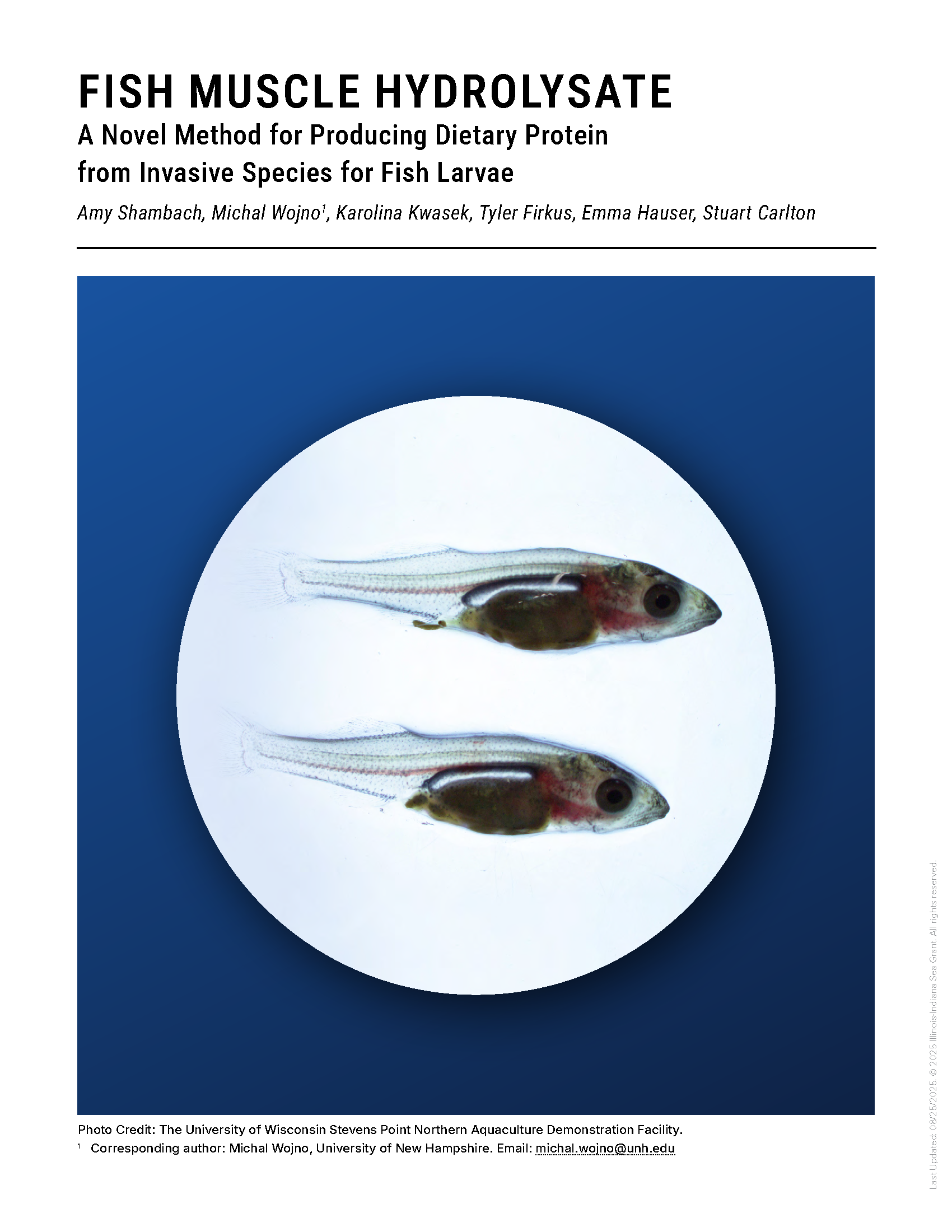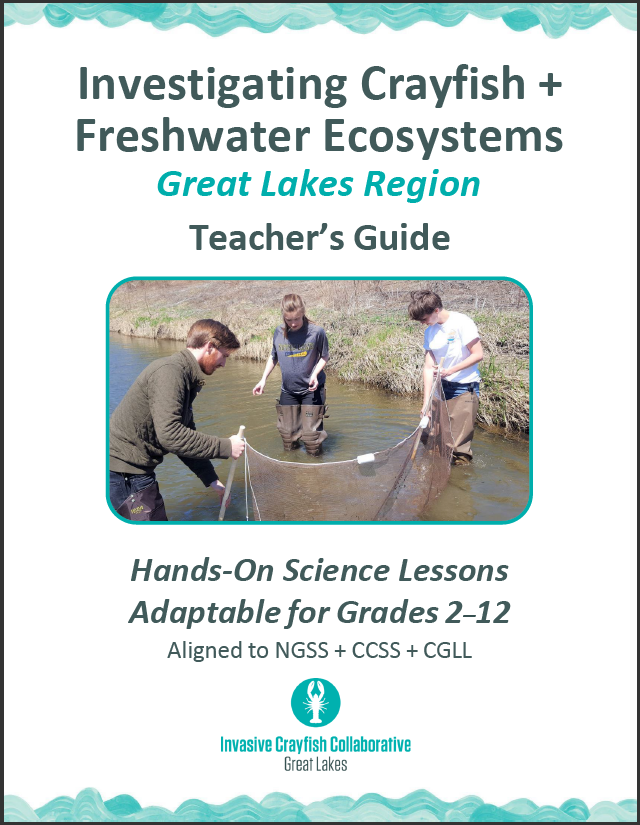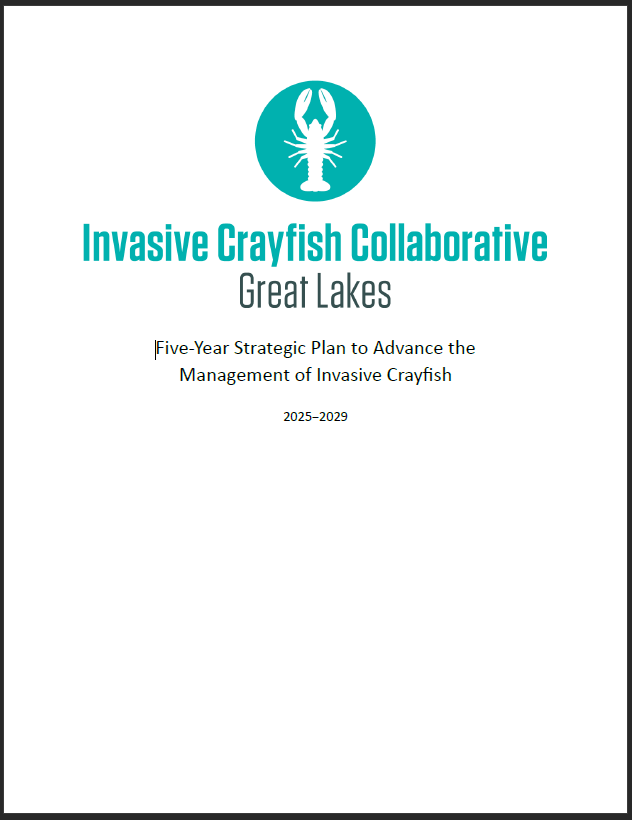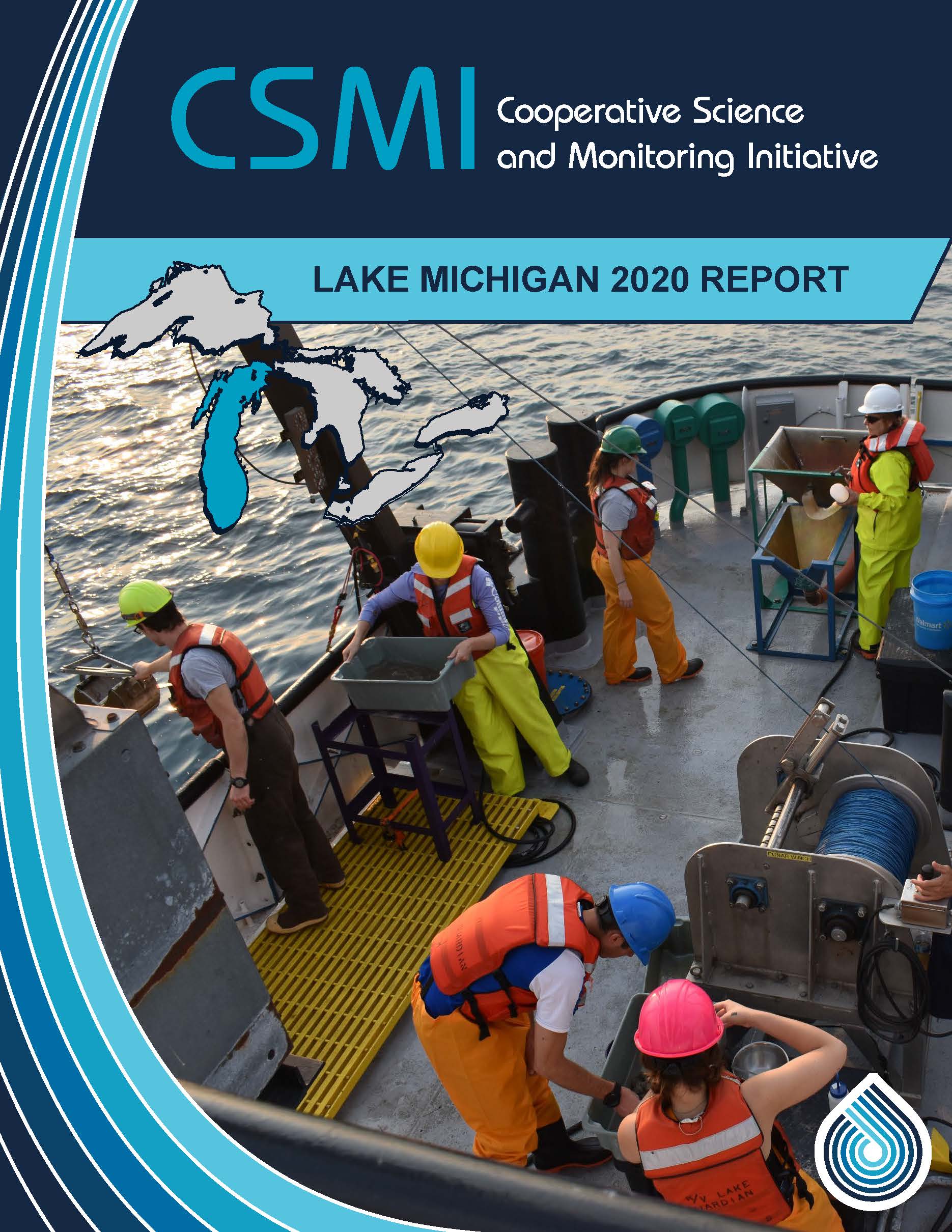
File Size: 1,023.96 KB
This overview introduces a novel method for producing high-quality protein for larval fish diets, targeting feed and ingredient manufacturers. It outlines the challenges of indoor fish rearing using recirculating aquaculture systems (RAS), particularly the difficulty larvae have digesting traditional dry feeds. The proposed solution uses protein hydrolysates—pre-digested proteins made more accessible through hydrolysis with species-specific digestive enzymes. This approach improves nutrient absorption and growth performance. Notably, the method uses invasive fish species as a sustainable protein source and applies enzymes from the target species for precise, efficient hydrolysis.








